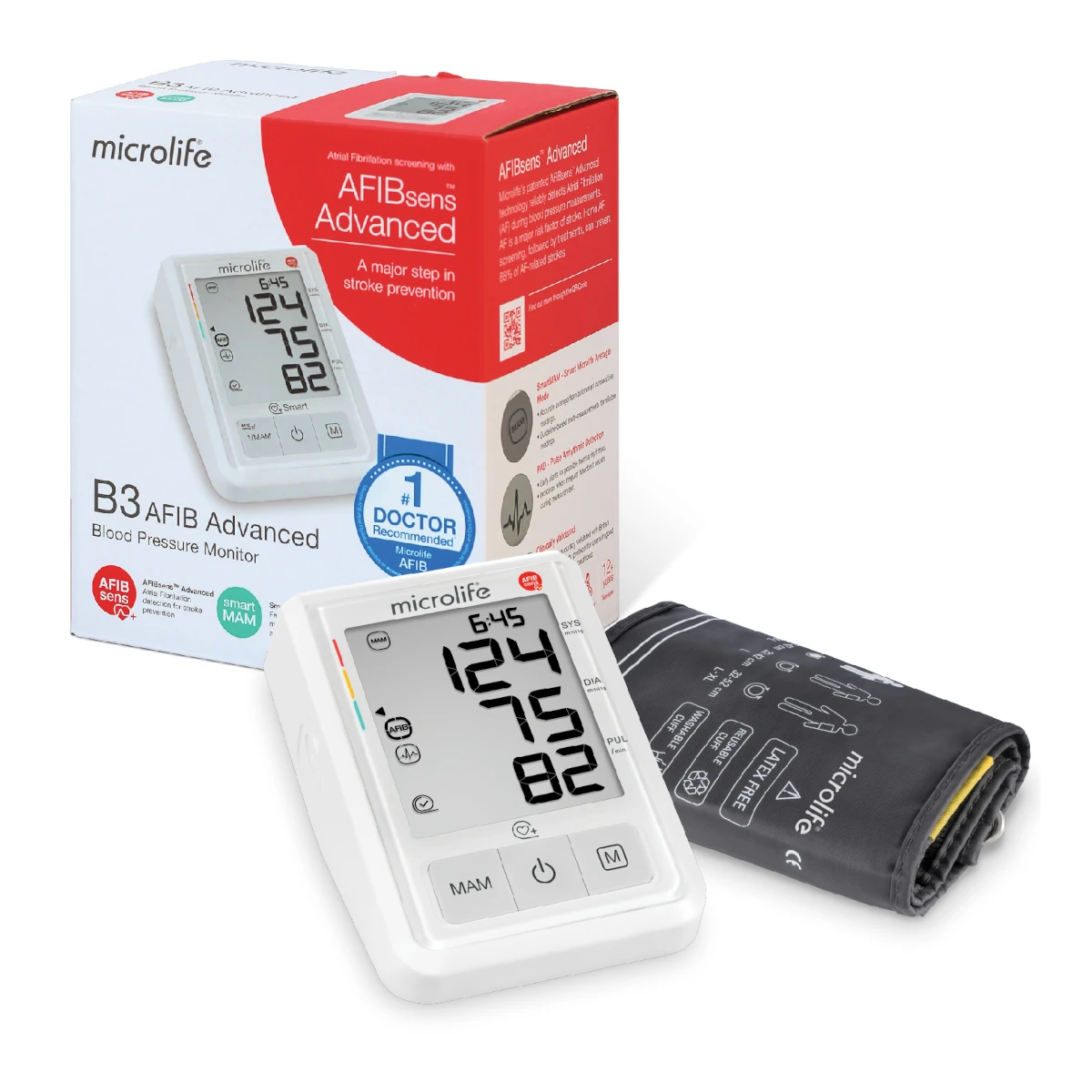Blood pressure. You hear about it all the time. Doctors check it at every visit. But why? What’s the big deal?
Blood pressure is the force of your blood pushing against your artery walls. Think of it like water pressure in a hose. Too much pressure, and the hose could burst. Too little, and the water won’t reach where it needs to go. Your body works the same way. Blood needs the right pressure to carry oxygen and nutrients to your organs. If it’s too high or too low, things start to go wrong.
High blood pressure—hypertension—is trouble. It makes the heart work harder. It strains arteries. Over time, this weakens them. They stiffen. They clog. They break. The result? Serious, sometimes deadly, problems:
- Heart attack. Arteries feeding the heart narrow and harden. Blood struggles to get through. One day, a clot forms. Blood flow stops. That’s a heart attack.
- Stroke. A weak artery in the brain can rupture, spilling blood where it doesn’t belong. Or a clot can block an artery entirely. Either way, the brain starves. Brain cells die.
- Kidney failure. Kidneys filter waste from the blood. Tiny blood vessels inside them do the job. High blood pressure destroys these vessels. The kidneys fail.
- Vision loss. The eyes need good circulation. High pressure wrecks the delicate vessels inside. Vision blurs, then fades. Once gone, it rarely comes back.
The worst part? You won’t feel it. No headaches. No warning signs. That’s why they call it the "silent killer."
Then there’s low blood pressure. Not as famous, but still a problem. Dizziness. Fainting. Weakness. Blood isn’t reaching the brain fast enough. A fall, a blackout—it can be dangerous, especially for older adults.
So what do you do? Simple. Get it checked.
- At the doctor’s office. Quick, painless, reliable. A cuff around your arm, a few seconds later, you have your numbers.
- At home. A good blood pressure monitor isn’t expensive. Easy to use. Track your readings over time. Write them down. Spot patterns. Show them to your doctor.

What’s a good number? It depends. For most, under 120/80 mmHg is normal. Above 130/80? That’s high. Below 90/60? That’s low. But one reading isn’t enough. Blood pressure fluctuates. Check often. Look for trends.
If it’s high, act. Diet. Exercise. Medication if needed. Less salt. Less alcohol. More movement. More care.
If it’s low, watch for symptoms. Stay hydrated. Eat enough salt. Stand up slowly. If it keeps happening, see your doctor.
Bottom line? Know your numbers. Keep an eye on them. Blood pressure isn’t just a number—it’s your life on the line. Stay in control. Stay healthy.